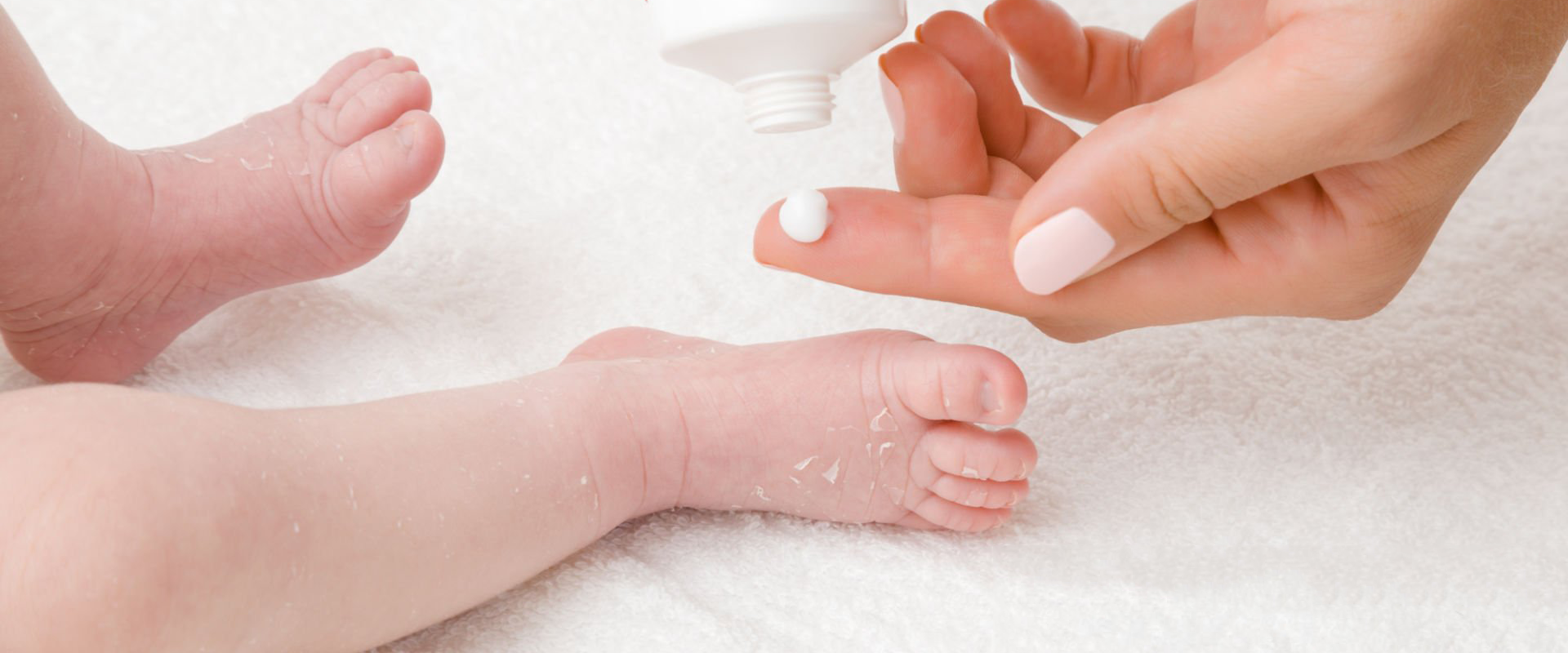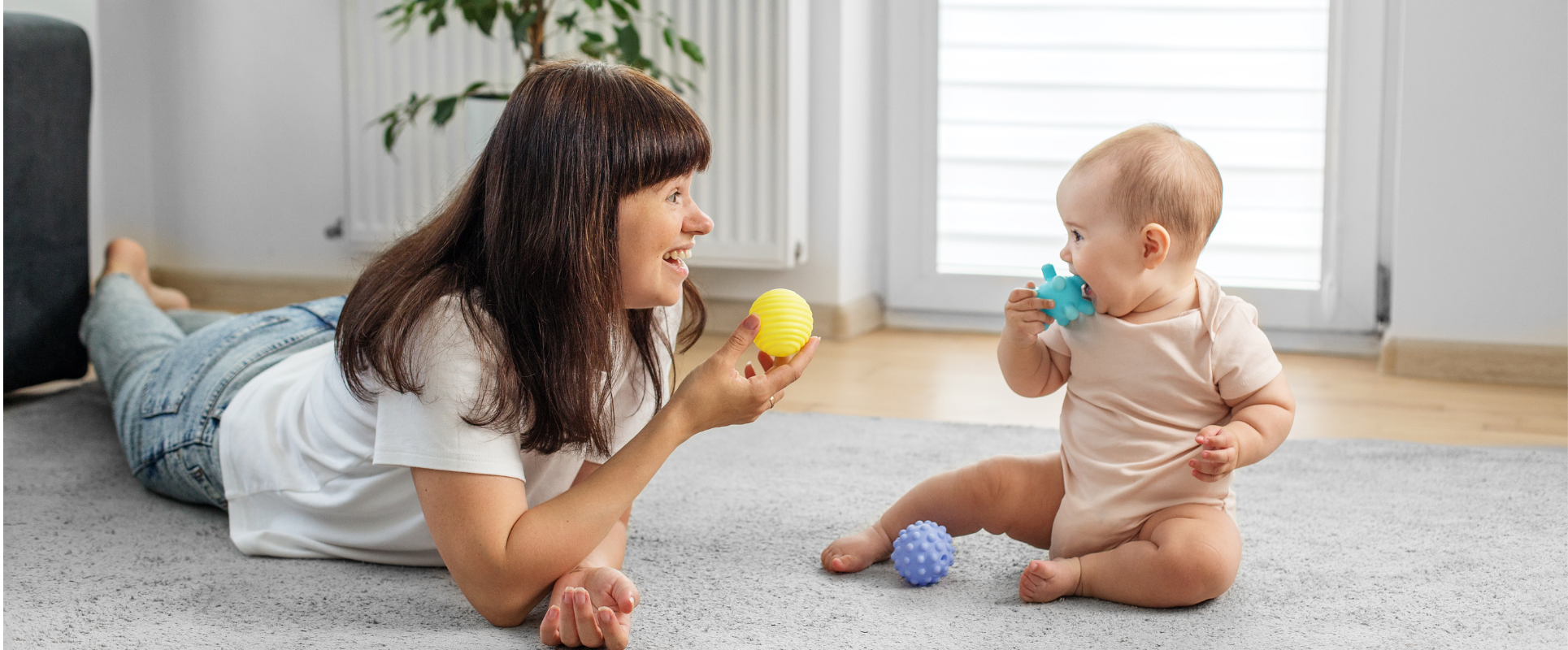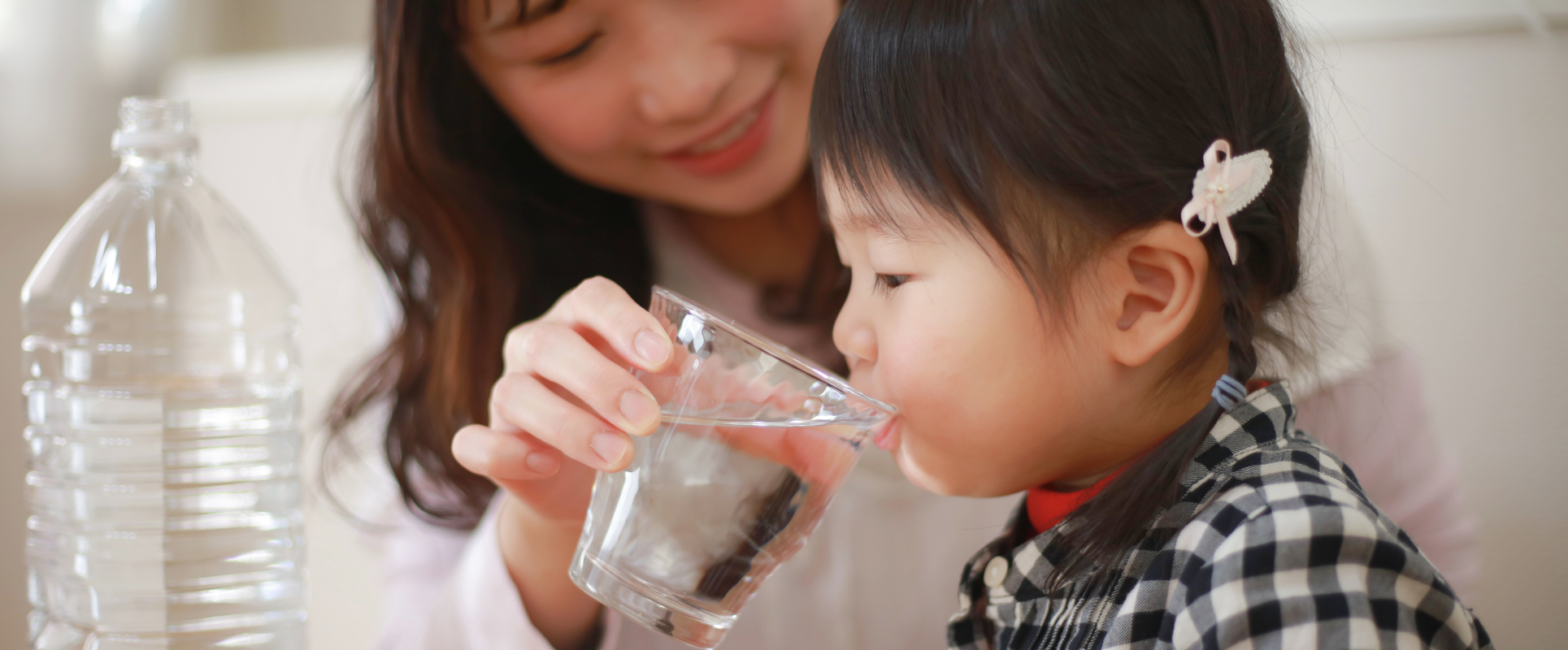
Sensitive Baby Skin: How to Recognize It, Care the Right Way and Choose Safe Baby Products
A newborn’s skin is incredibly delicate – up to five times thinner than adult skin, according to the American Academy of Dermatology (AAD). This makes it more prone to dryness, redness and irritation. Because the skin barrier is still developing, babies are more vulnerable to environmental factors like weather changes, harsh cleansers and synthetic fragrances.
What Does Sensitive Baby Skin Look Like?
Sensitive skin in babies typically shows signs such as:
-
Redness, dryness or flaking
-
Small rashes, especially on the face or in skin folds
-
Strong reactions to new products or changes in temperature
Common Causes of Baby Skin Irritation
-
Body washes and shampoos that contain harsh surfactants (like sulfates) or artificial fragrances
-
Rough-textured fabrics or tight-fitting clothing
-
Dry indoor heating or abrupt changes in humidity
-
Fragrance oils or cosmetics not intended for infants
How to Care for Sensitive Baby Skin
1. Gentle Bathing Routine
Use lukewarm (not hot) water and limit bath time to 5–10 minutes. Choose a soap-free, sulfate-free baby cleanser formulated for sensitive skin.
2. Drying and Moisturizing
Pat the skin dry gently with a soft towel. Avoid rubbing. Moisturize immediately after bathing to help seal in hydration.
3. Avoid Irritants
Stay away from products that contain alcohol, parabens, synthetic dyes or strong fragrances. Avoid applying perfume or essential oils directly to your baby’s skin.
4. Choose Safe Baby Products
Select pH-balanced products with natural ingredients.
When to See a Doctor
Seek medical advice if:
-
The irritation lasts more than one week
-
You notice pus, swelling, fever or open sores
-
The baby seems in pain when the skin is touched








